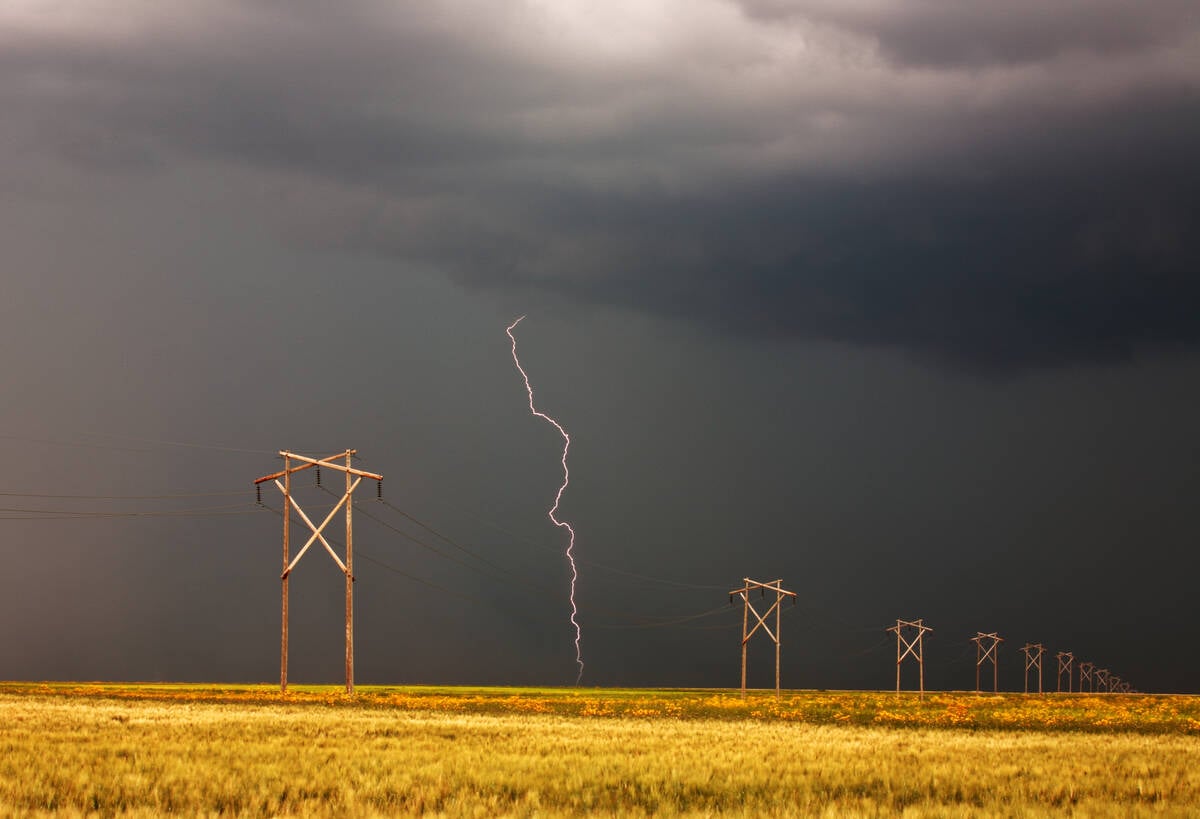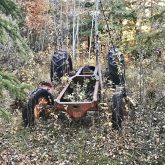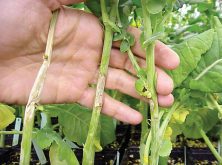Well, since I last shared my views on the COVID-19 pandemic a couple weeks ago, I am pleased to report that I was completely wrong, and although I am 100 per cent healthy, the spread of the coronavirus has affected/changed just about every other aspect of my life today and into the foreseeable future.
I did not see this coming.
I still think there may be a bit of overreaction and a degree of hysteria in some circles, but I have also learned what the real concern is about. I’m sticking with one message I have heard a few times in recent weeks — 95 per cent of the population will either not get it, or if they do contract the virus the symptoms will be mild, however for five per cent of the population, that is particularly vulnerable, it could be quite serious if not fatal.
Read Also

Lightning gives and takes in Prairie fields
Lightning in fields can be a source of nitrogen but at times can result in crop damage which, at a glance, resembles a very localized disease outbreak, plant pathologist Ieuan Evans writes.
Even for just us in Canada, that five per cent still amounts to somewhere between 1.5 and two million people. And if even a percentage of those showed up at the hospital at once (or within a short period of time) the health care system would be hopelessly and tragically overwhelmed. Probably a lot of people would die just because equipment and resources were not available.
This unprecedented global social and economic shutdown is all about “flattening the curve.” Sort of like growing winter wheat in rotation. Rather than try to get all acres seeded during four weeks in the spring, spread out the workload. Seed part of the crop in the fall. Flatten the workload curve.
We are in a surreal situation here. On one hand there are so many services and activities that have come to an abrupt halt, and we have been asked/ordered to isolate and have little or no contact with other human beings, while on the other hand there is a certain amount of activity that is supposed to carry on as business as usual.
Sometimes in a movie or a TV show, the story involves certain characters to be frozen in time like statues, while another character still moves freely about and can’t figure out what’s happened to everyone else. That’s sort of the world we are living in today.
While on one hand so much commerce and social activity has come to a standstill, much of the agriculture industry still chugs along.
As of the later March deadline, I participated in a Town Hall online meeting providing an update on the how the Canadian beef industry is coping with the COVID-19 pandemic. On the call were officials with the Canadian Cattleman’s Association, Livestock Markets Association of Canada and U.S. National Cattle Feeders Association.
It’s probably not fair to say it is just business as usual, but with the U.S. border remaining open, cattle are being raised, marketed, fed and processed with beef being delivered to retailers. Beef demand is quite high, and unless there is some unforeseen hitch, the whole beef supply chain is still working.
In all fairness there are new human health protocols in place at all levels to minimize human contact and risk of spreading the disease — i.e., don’t go to the auction mart just to visit or to have lunch, it’s only for serious buyers — but the system still operates.
I also haven’t heard of any interruptions on the crop side either. Alberta Wheat and Barley Commissions issued a detailed statement outlining several concerns. The agriculture sector is, in some respects, like a house of cards — everything runs pretty well until one of the Jacks get kicked out of place.
However, the commissions were able to say too: “Generally, in an industry plagued with uncertainty and risk, there is some optimism with how agriculture might ‘weather the storm’ so long as future policy is mindful of the potential (and unintentional) consequences to the agriculture and agri-food sector and other externalities are limited. Government needs to ensure that their policy and program decisions in the coming days are mindful of the implications on the agriculture sector as a matter of priority next to the health of Canadians and availability of essential goods.”
That statement contains the qualifier, “we’ll probably be okay, provided you don’t throw us any curve balls.” Crops need to get seeded, and a fall harvest moved to market.
The big questions of course are how long is this world situation going to last, how long will it take the economy to bounce back and how long for life to return to normal? I’ve heard varied forecasts on the answer to those questions, ranging from a couple months to the end of 2020.
One fella who has farming roots in Saskatchewan confided in me last night that he was talking to a guy, who had heard from another guy “who’s pretty knowledgeable” that this pandemic will fizzle and wrap up almost as fast as it started. I like that prediction, and if its source comes from Saskatchewan there is a pretty good chance it is true.















